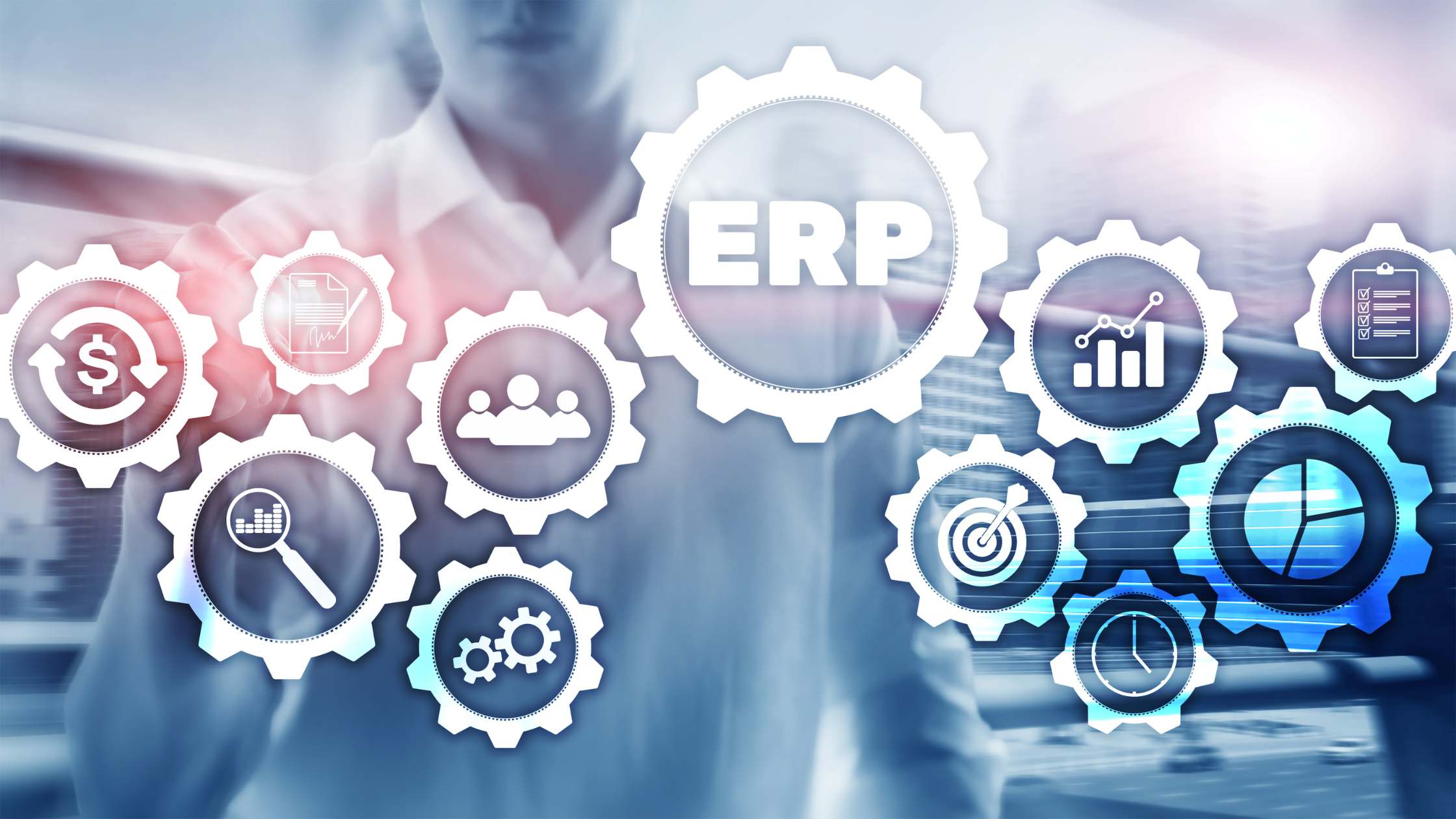Achieving Sustainability Through Efficient Maintenance Practices
How CMMS Supports Sustainability Initiatives:
Sustainability is becoming a core business imperative, organizations are increasingly looking towards technology to help them meet their environmental goals. One of the most powerful tools available for this purpose is CMMS. CMMS stands out as an essential solution, driving sustainability initiatives by enhancing energy efficiency, reducing waste, and prolonging asset lifespans.
The Role of Maintenance in Sustainability
Maintenance, when strategically approached, can significantly reduce an organization’s environmental footprint. Whether it’s through optimizing energy consumption, minimizing production waste, or enhancing resource efficiency, sustainable maintenance practices are critical for managing the adverse effects of industrial operations on the planet. Proactive maintenance, often facilitated by a robust CMMS like Nexcilo, aims to prevent breakdowns before they occur. This not only cuts downtime but also reduces energy consumption and the need for resource-intensive repairs, ultimately leading to cost savings and a diminished ecological impact.
Understanding CMMS
Before delving into how a CMMS contributes to sustainability, it’s important to understand what a CMMS is. A CMMS is a digital ecosystem designed to streamline and optimize maintenance operations within an organization. It acts as a central hub where tasks can be organized to ensure equipment reliability, minimize downtime, and propel sustainability efforts by reducing waste.
Key Capabilities of Nexcilo CMMS
Nexcilo CMMS offers a plethora of features that make it indispensable for organizations aiming to enhance their sustainability practices. These include:
- Work Order Management: Create, track, and complete work orders efficiently, reducing downtime and improving asset performance.
- Preventive Maintenance: Schedule and manage preventive maintenance tasks to keep equipment running optimally, thereby extending asset lifespans.
- Asset Management: Track and manage all assets throughout their lifecycle, ensuring optimal performance and timely replacements.
- Inventory Management: Maintain optimal inventory levels to avoid overstocking and understocking, reducing waste.
- Energy Management: Monitor and analyze energy consumption to identify inefficiencies and implement corrective actions.
Sustainability Benefits of CMMS
1. Optimizing Energy Efficiency
One of the primary ways Nexcilo CMMS supports sustainability is by optimizing energy efficiency. By monitoring equipment performance and energy usage, Nexcilo CMMS helps identify areas where energy consumption can be reduced. Predictive maintenance features can alert teams to potential issues before they escalate, ensuring that equipment runs efficiently and doesn’t consume unnecessary energy.
For instance, in the manufacturing sector, energy costs can be significantly reduced by ensuring that machinery is operating at peak efficiency. Regular maintenance checks and timely repairs prevent energy wastage, which is crucial in sectors where energy consumption is high.
2. Reducing Waste
Effective waste management is another crucial aspect of sustainability. Nexcilo CMMS excels in this area by optimizing inventory management and ensuring that spare parts and materials are used efficiently. By preventing overstocking and ensuring that parts are used before they become obsolete, organizations can significantly reduce waste.
Additionally, Nexcilo CMMS enables organizations to implement and monitor recycling programs. By tracking the lifecycle of materials and equipment, organizations can ensure that end-of-life items are disposed of responsibly, aligning with their sustainability goals.
3. Prolonging Asset Lifespans
Prolonging the lifespan of assets is a fundamental aspect of sustainability. Nexcilo CMMS helps achieve this by facilitating regular maintenance and timely repairs. By keeping equipment in optimal condition, organizations can avoid premature replacements and the associated environmental impact of manufacturing new equipment.
For example, in the energy sector, maintaining turbines and other equipment through a CMMS can enhance their efficiency and operational lifespan. This not only reduces the need for new equipment but also minimizes the environmental impact of manufacturing and disposing of old machinery.
CMMS Best Practices for Sustainability
To maximize the sustainability benefits of Nexcilo CMMS, organizations should follow these best practices:
Develop a Comprehensive Strategy
Align your CMMS implementation with your sustainability goals. Clearly define your objectives, identify key performance indicators (KPIs) related to sustainability, and establish a roadmap for integrating CMMS into your maintenance strategy.
Focus on Key Features
Leverage the specific features of Nexcilo CMMS that align with your sustainability goals. Predictive maintenance, asset management, and energy tracking should be prioritized to ensure maximum impact.
Prioritize Training
Ensure that your maintenance team is well-versed in using Nexcilo CMMS and understands its connection to sustainability. Comprehensive training programs are essential for successful implementation and long-term success.
Monitor and Evaluate
Regularly assess the effectiveness of your sustainability strategies and CMMS performance. Use data analytics and reporting features to identify areas for improvement and make data-driven adjustments to your maintenance practices.
Share Success Stories
Benchmark your achievements and share success stories across departments. This not only boosts team morale but also showcases the tangible benefits of sustainable practices, encouraging broader adoption within the organization.
Overcoming Challenges
While integrating a CMMS with sustainability efforts offers numerous benefits, it also presents challenges. These include resource constraints, resistance to change, and a lack of expertise. By prioritizing key initiatives, investing in training, and leveraging external expertise, organizations can overcome these obstacles and successfully integrate Nexcilo CMMS with their sustainability goals.
Conclusion
Sustainability through efficient maintenance practices is not just a trend; it’s a necessity for modern organizations. Nexcilo CMMS provides a comprehensive solution that supports sustainability initiatives by enhancing energy efficiency, reducing waste, and prolonging asset lifespans. By adopting best practices and overcoming challenges, organizations can leverage Nexcilo CMMS to achieve their environmental goals, paving the way for a greener and more sustainable future.




